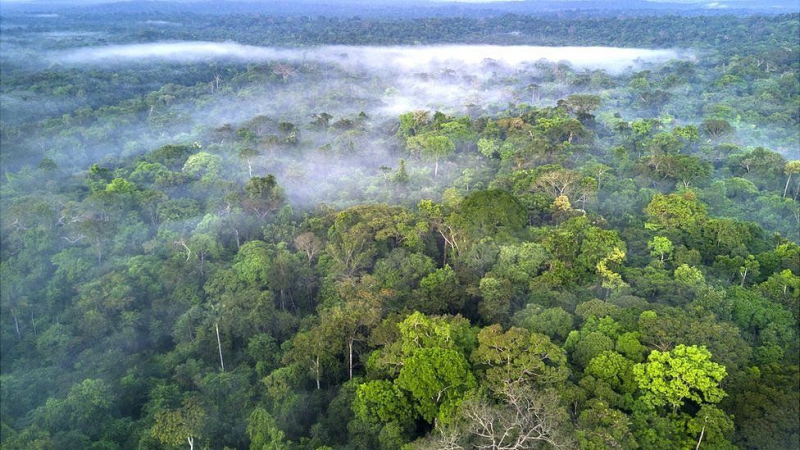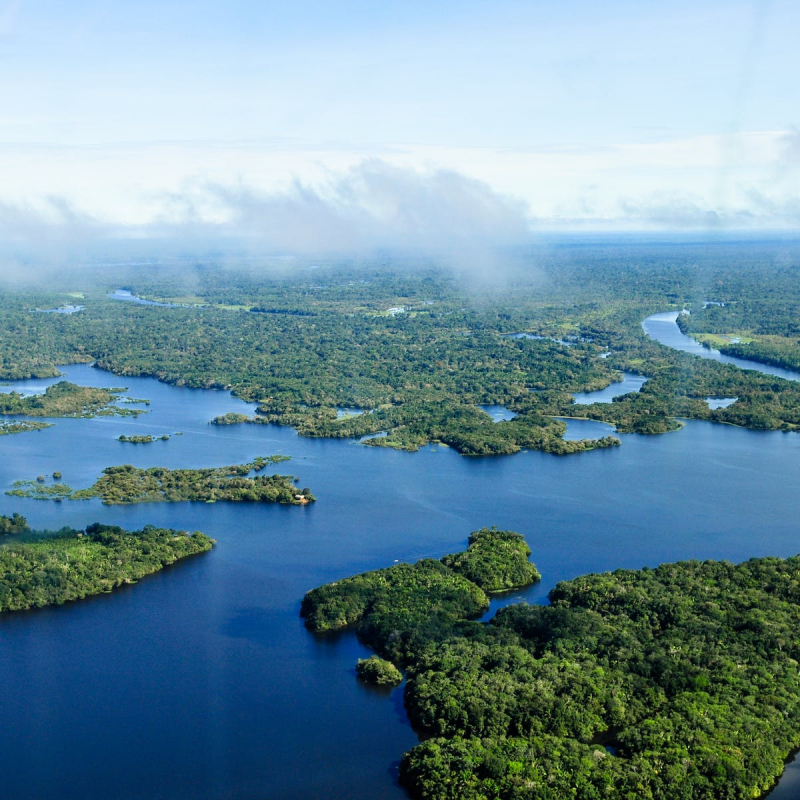The Amazon

The Amazon rainforest is the world's most diverse and biggest forest, covering around 2,300,000 square miles. It covers Brazil, Bolivia, Colombia, Ecuador, French Guiana, Guyana, Peru, Venezuela, and the Republic of Suriname. It is home to one in ten of species of wildlife and new species discovered daily on the planet. Unfortunately, the Amazon is facing unprecedented environmental issues as a result of deforestation and fire; in the Amazon rainforest portion of Brazil, nearly 28,000 square miles were burned as recently as 2019.
Brazil's fast-rising population inhabited vast portions of the Amazon Rainforest in the twentieth century. As a result of people clearing land to extract lumber and build grazing meadows and farmland, the Amazon jungle declined rapidly. Brazil holds over 60% of the Amazon basin within its borders, with forests covering 1,583,000 square miles (4,100,000 square kilometers) in 1970. By 2016, forest cover had decreased to roughly 1,283,000 square miles (3,323,000 square kilometers), or about 81 percent of the area covered by forests in 1970.
The Amazon Rainforest is the world's richest and most diverse biological reservoir, with millions of insect, plant, bird, and other species, many of which are still unknown to science. There are numerous species of myrtle, laurel, palm, and acacia trees, as well as rosewood, Brazil nut, and rubber tree, among the lush greenery. The mahogany and the Amazonian cedar provide excellent wood. The jaguar, manatee, tapir, red deer, capybara, and many other rodents, as well as various varieties of monkeys, are among the major animals.











